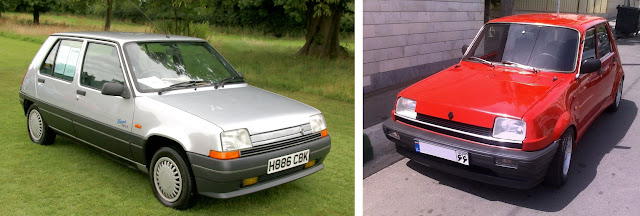Launched January 2002
Apple is a company with more ups and downs than most. By 2002, Apple had already had success with the original Apple II in 1977, wobbled a bit with the Apple III in 1980 but then moved on to more success with the original Macintosh in 1984. Successes followed, but during the 1990s the company’s fortunes declined significantly and by 1997 it was a whisker away from bankruptcy. But in 1997 Steve Jobs returned to Apple and injected some new ideas, and aided by now legendary design Jony Ive the company came up with the iconic iMac G3 – launched in 1998 – which fundamentally changed Apple’s fortunes.
The iMac G3 is one of Apple’s best-loved designs. Beautifully designed around the shape of the cathode ray tube (CRT) contained inside in translucent candy-coloured cases, the G3 caused a monumental stir in the market. Here was a computer than both looked beautiful and just worked out of the box. Sure, the basic design idea had been around for more than 20 years (the ADM3A being a notable example)… but Apple did it better.
 |
| Apple iMac G4 |
By 2002 though technology had changed. Just four years previously the CRT was the standard display for almost all desktop computers, but by the early 2000s there was a shift towards LCD panels which were rapidly dropping in price and increasing in capabilities. Although CRTs still had a bit more life in them, the obvious choice for a forward-looking company such as Apple was to go with LCDs for their next-generation iMac.
In design terms though, the LCD panel necessitated a completely different design from the CRT in the G3. It wouldn’t make any sense to replicate the G3’s design when most of the box would be empty space with an LCD, but the G3 had set an incredibly high bar in design terms. So where could Apple go next?
So the Apple design team – led by Jony Ive – came up with something completely different. Instead of tucking all the system components in close to the display, the Apple iMac G4 featured the LCD mounted in an adjustable arm with the actual computer tucked into a large dome at the base. The base contained everything, including an optical drive, and it gave the G4 a distinctive look in the manner of an oversized desk lamp.
Inside was a PowerPC processor running at between 700 MHz and 1.2 GHz. Maximum memory was 1 or 2GB depending on model, but a rather more modest 128 or 256MB was supplied in the box. Internal expansion was limited as this was a compact all-in-one unit like its predecessor, but peripherals could be added via USB or FireWire. A modem and wired Ethernet port were built in, a wireless network adapter was available as an option.
It was an elegant – if odd-looking solution – with everything you needed in the box which required minimal effort to get working. However, the LCD panels were still pricey compared to CRTs so a few months later the eMac was launched, the last CRT-based Mac which was a fair bit cheaper than the iMac and sold well to educational markets.
 |
| Alternatively you could have bought a PC in a beige or grey box |
The G4 stayed in production for just two and a half years before being replaced by the rather more sober G5. Today collectors can pick up a G4 for less than the price of the G3 with typical prices for a working system being just £120 or so.
Image credits:
Maxime Bober via Flickr - CC BY 2.0
Carl Berkley via Flickr - CC BY-ND 2.0




